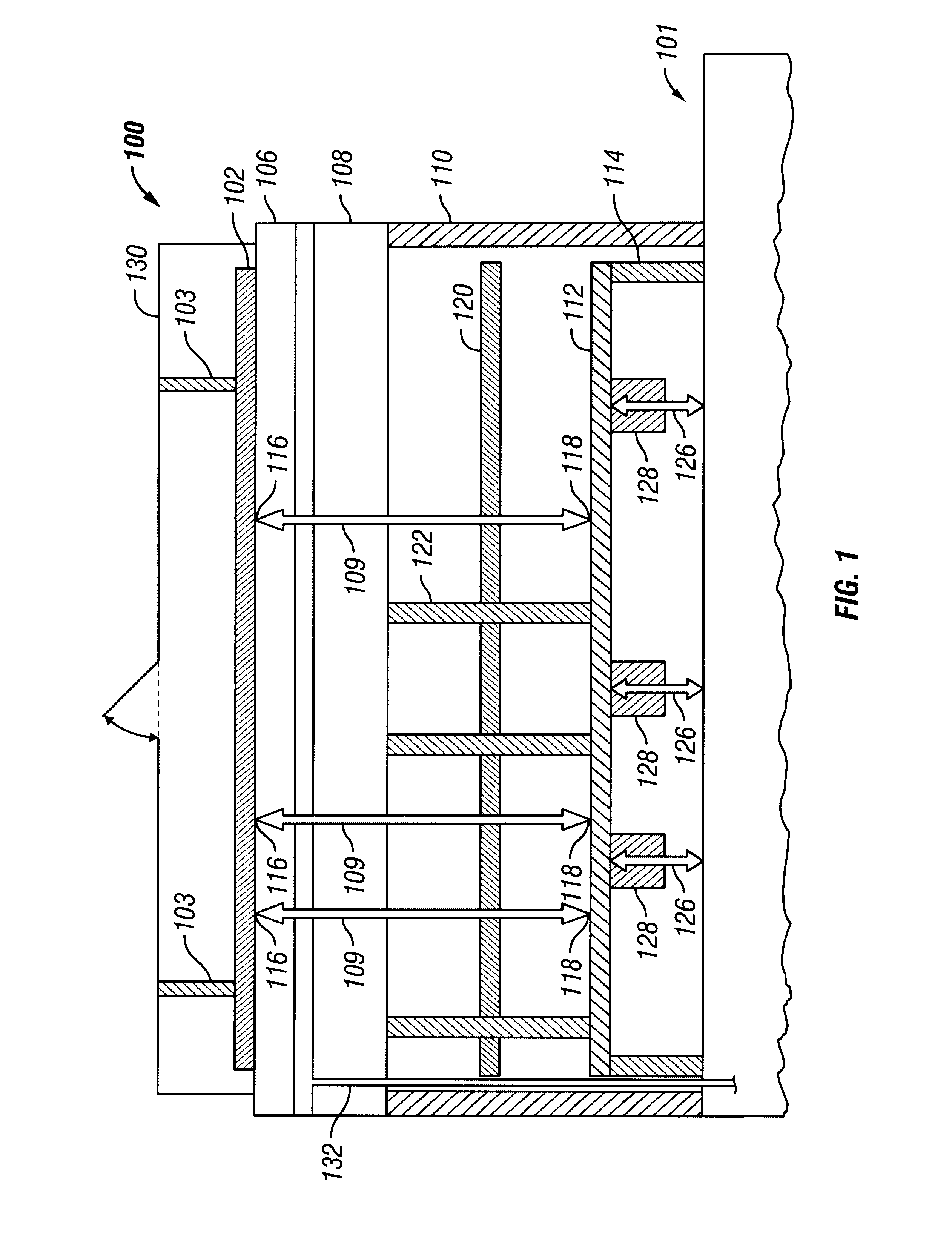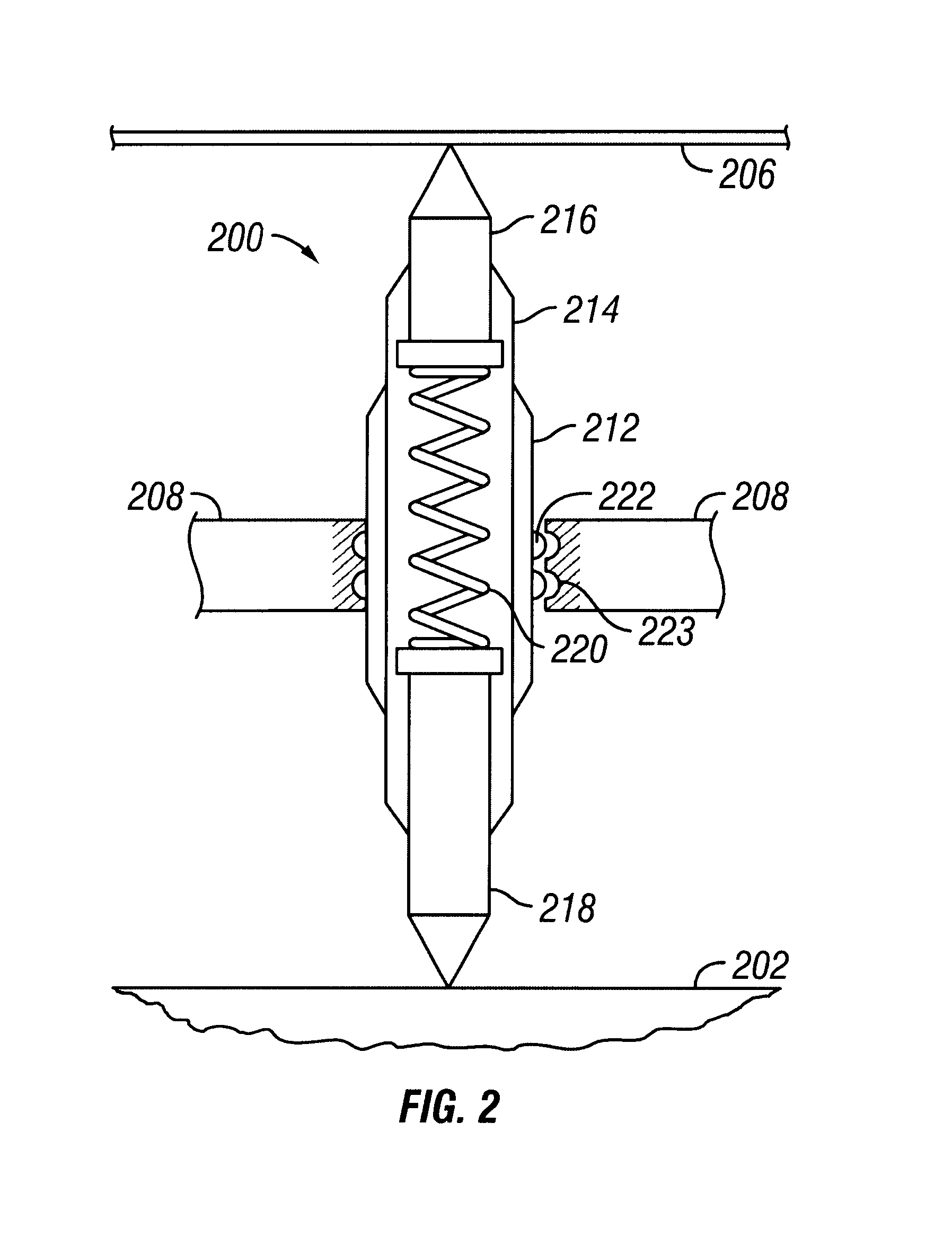Method and apparatus for the management of forces in a wireless fixture
a technology of force management and wireless fixture, applied in the field of testing system, can solve the problems of inability to identify a single dysfunctional wire within the 4000 wires, inconvenient placement of these and inability to place wires in such a small area
- Summary
- Abstract
- Description
- Claims
- Application Information
AI Technical Summary
Benefits of technology
Problems solved by technology
Method used
Image
Examples
Embodiment Construction
While the present invention is described herein with reference to illustrative embodiments for particular applications, it should be understood that the invention is not limited thereto. Those having ordinary skill in the art and access to the teachings provided herein will recognize additional modifications, applications, and embodiments within the scope thereof and additional fields in which the present invention would be of significant utility.
FIG. 1 displays an electronic test system. In FIG. 1 a fixture 100 is shown. The fixture 100 is connected to tester electronics 101. The fixture 100 is used to position a board under test for testing. In addition, the fixture 100 maintains alignment of internal components and interfaces so that an electrical pathway can be established between a board under test and the tester electronics 101. The tester electronics 101 generates test patterns through the components and interfaces of the fixture 100. The tester electronics 101 also receives ...
PUM
 Login to View More
Login to View More Abstract
Description
Claims
Application Information
 Login to View More
Login to View More - R&D
- Intellectual Property
- Life Sciences
- Materials
- Tech Scout
- Unparalleled Data Quality
- Higher Quality Content
- 60% Fewer Hallucinations
Browse by: Latest US Patents, China's latest patents, Technical Efficacy Thesaurus, Application Domain, Technology Topic, Popular Technical Reports.
© 2025 PatSnap. All rights reserved.Legal|Privacy policy|Modern Slavery Act Transparency Statement|Sitemap|About US| Contact US: help@patsnap.com



